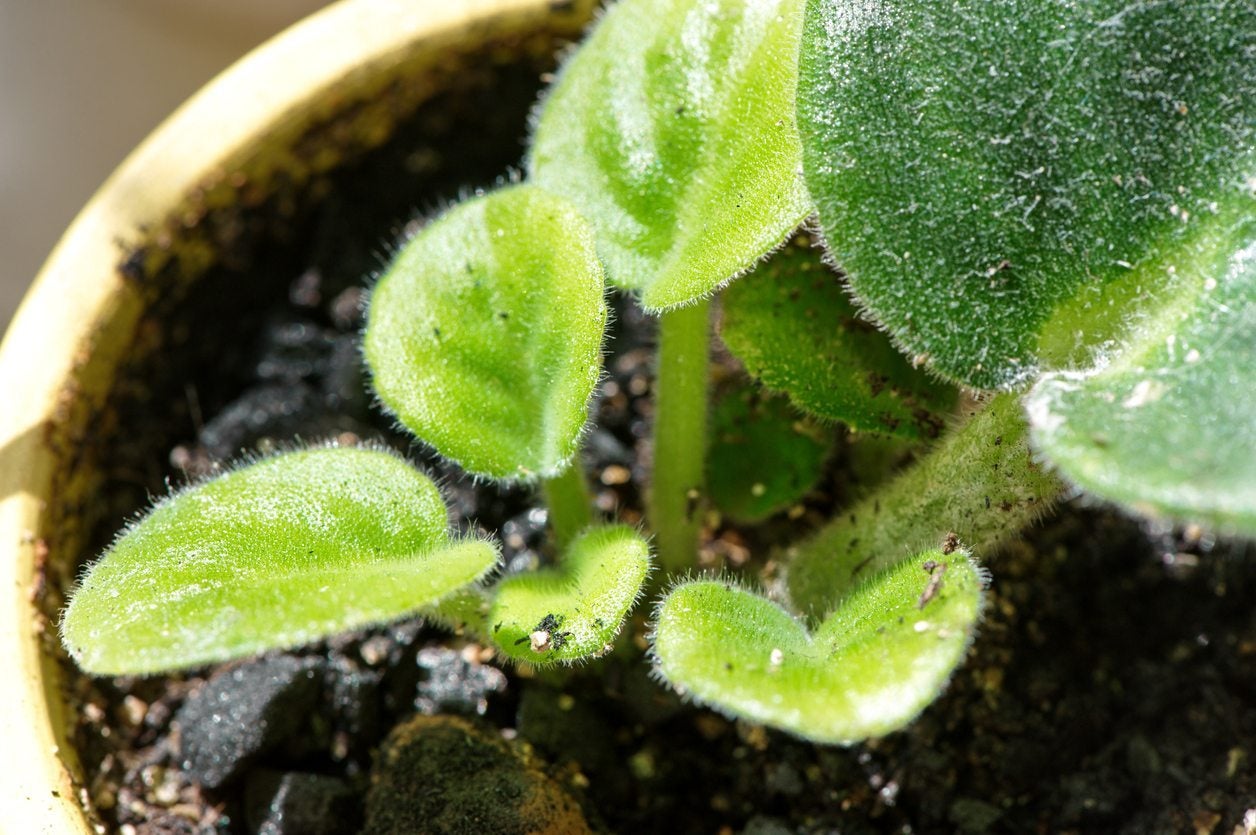Dividing An African Violet Plant – How To Separate African Violet Suckers


African violets are cheery little plants that don’t appreciate a lot of fuss and muss. In other words, they’re the perfect plant for busy (or forgetful) folks. Dividing an African violet– or separating African violet “pups”– is an easy way to generate more plants to spread around your house or to share with lucky friends. Read on to learn more about African violet plant division.
African Violet Sucker Propagation
Exactly what are African violet pups? Pups, also known as suckers, are miniature plants that grow from the base of the mother plant. A pup grows from the plant’s main stem– not from a leaf or the crown. A mature African violet might have one pup or it may have several. Removing suckers is a good way to propagate a new plant, but it also keeps the mother plant healthy, as suckers can rob the plant of nutrients and energy, thus reducing flowering and shortening the life of the plant.
How to Separate African Violet Suckers
Separating African violet pups is easy and will result in another plant that can be given away to family or friends…or you may simply want more to add to your own collection. Water the African violet the day before you intend to separate the pups. Then fill a 2 inch (5 cm.) clay or plastic container with a commercial potting mix consisting of peat and perlite, or any well-drained mix. Don’t use a larger pot as too much damp potting mix can rot the pup. Slide the mother plant carefully out of the pot. Push the leaves apart gently to find the pups. Remove the pup from the mother plant with scissors or a sharp knife. Make a hole in the center of the pot with your fingertip. Insert the pup in the hole, then firm potting mix gently around the stem. Water lightly. Create a miniature greenhouse by covering the pot with a clear plastic bag. You can also use a clean plastic milk jug with the “spout” end cut off. Place the pot in bright, indirect light. Make sure the pup is protected from drafts or heating vents. Water lightly as needed, using lukewarm water, to keep the potting mix lightly moist but never soggy. Feed the pup once every week, using a mixture of ¼ teaspoon of balanced, water-soluble fertilizer in one gallon of water. Always water the pup before applying fertilizer. Open the bag or remove the cover occasionally to provide fresh air. This is especially important if you notice condensation inside the plastic. Remove the plastic cover for a short period after four weeks, then gradually increase the time every day until the pup is no longer protected by the greenhouse environment.
Sign up for the Gardening Know How newsletter today and receive a free copy of our e-book "How to Grow Delicious Tomatoes".

A Credentialed Garden Writer, Mary H. Dyer was with Gardening Know How in the very beginning, publishing articles as early as 2007.